You want to look your best—but what if that comes at the price of the planet’s health? Thankfully, some of the biggest brands are making it easier than ever to embrace sustainable beauty.
By Lindsy Van Gelder

Everyone has a carbon footprint. But you also have a carbon
face print, plus a carbon hair print, skin print—even an underarm print. Everything we slather on to make ourselves prettier has the potential to make the world an uglier place with problematic ingredients and packaging.
It used to be that consumers who cared about the environment got very little help. You could buy your cosmetics from a small rack at the health food store and upcycle jars and bottles as knickknacks. You could also be the Debbie Downer who reminded everyone that rain forests and rabbits were suffering for our vanity.
But times—and beauty products—are changing. A survey by Unilever-—the maker of Dove, Vaseline, Love Beauty and Planet, and scores of other brands—found that 78% of U.S. consumers now feel better when they buy products that are sustainably produced. “Consumers are looking for ways to help make an impact,” says Esi Eggleston Bracey, EVP and COO of North American Beauty and Personal Care at Unilever. As part of a global green strategy to help their customers do just that, she adds, Unilever is working to “make sure 100% of our plastic packaging is re-usable, recyclable or compostable” by 2025. The company’s wide-ranging Sustainable Living Plan also includes a project to transform the industry that manufactures palm oil, an ingredient in shampoo and makeup, among many other products. The cultivation of oil palms has caused severe deforestation, threatening many species, including orangutans in Southeast Asia.
Meanwhile, in a program serving children all over the world who face severe health challenges from contaminated water, Procter & Gamble provided its 14 billionth liter of clean drinking water last year. L’Oréal launched the world’s first shower-proof paper bottle as part of its Seed Phytonutrients personal care line. What’s more, “today all our plants and distribution centers—19 facilities across 12 states—run on renewable energy,” notes Danielle Azoulay, head of corporate social responsibility and sustainability for L’Oréal USA. Several other large beauty companies (and small ones) have also gone over to the green side.
And that may be thanks to shoppers like you. “Consumers are starting to push the market, and companies pick up on that,” says Carla Burns, research analyst at the nonprofit Environmental Working Group (EWG). But as lovely as it is that many big corporations have stepped up, she adds, consumers need to remain vigilant. For cosmetics, “the FDA still does not regulate words like ‘natural’ or ‘non-toxic,’ ” she explains, and not every company is committed to helping customers make healthy choices. “Packaging can be misleading—lots of green and flowers and bamboo. Consumers need to do their homework about what’s in products and whether they want to put it on their bodies.”
So the next time you’re walking the aisles and filling your basket, here are a few things to consider.
Transparency and Ingredients
Although she’s a fan of educated consumers, Burns acknowledges that “not everyone has a degree in chemistry,” and squinting at labels can only get you so far. Plenty of controversial chemicals—DEA, BHA, phthalates, parabens, phenols, triclosan, formaldehyde and more—are permitted in beauty products (American products, anyway; some 1,000 ingredients that have been banned in consumer products in Europe are permitted here).
Even if you were to memorize which chemicals might be irritating or dangerous, they often go by multiple names that can appear on an ingredient list. Plus, federal regulation allows companies to leave some “trade secret” ingredients off their labels. That’s why the EWG created the
Skin Deep Cosmetics Database, a website that lists the ingredients and potential hazards of nearly 70,000 products and lets users search by ingredient, product name or company. (The app has been downloaded 1.3 million times.) Ecocert, a European group that operates in scores of countries, including the U.S., certifies that cosmetics contain organic, sustainable, non-synthetic ingredients. Products that pass inspection carry the “Ecocert Organic” or “Ecocert Natural” seal.
Animal Welfare
Again, lists can help shoppers separate the sheep from the goats, as it were. But you can also get a little help from a label’s graphics: Look for the cruelty-free Leaping Bunny logo, awarded by a consortium of eight animal welfare groups, including the Humane Society.
Another list of companies that don’t test on animals is available from People for the Ethical Treatment of Animals (whose logo is, confusingly, also a bunny.) In addition, the PETA website features a list of cruelty-free vegan companies. (Burt’s Bees, for example, is cruelty-free, but because its products use honey and beeswax, they’re not vegan.) And some brands, like Unilever’s Schmidt’s Naturals, provide funding to animal-loving causes. Its new cruelty-free vegan deodorant, Lily of the Valley, was inspired by a favorite scent of primatologist Jane Goodall, with 5% of all proceeds earmarked for the Jane Goodall Institute.
Packaging
You may have heard about that garbage patch in the Pacific that’s twice the size of Texas. In fact, the World Economic Forum has predicted that at the rate humans are trashing the ocean, there will be, pound for pound, more plastic than fish by 2050. And beauty brands are literally cleaning up their acts. For instance, a new bottle for Procter & Gamble’s Herbal Essences shampoo is fabricated with 25% former beach plastic.
You can have a hand in this as well. Familiarize yourself with the types of materials your town recycles, then aim to buy products with appropriate packaging whenever possible. And commit to actually doing the recycling—even if it means remembering to grab that empty shampoo bottle out of the master bathroom and bring it down the stairs and out to the bin in the garage.
Granted, some beauty products are notoriously difficult to recycle—pump dispensers, hairspray triggers, eye shadow cases, lipstick tubes, pencils, shampoo and conditioner bottle caps and almost anything else that’s small. But one of the newest frontiers in eco-beauty is mail-in recycling. Garnier has teamed up with the private recycling company TerraCycle to sponsor free recycling of any brand’s plastics and packaging.
It’s small efforts like these that will eventually add up and, ideally, leave our children with a Pacific that has a garbage patch that’s even smaller than Rhode Island.
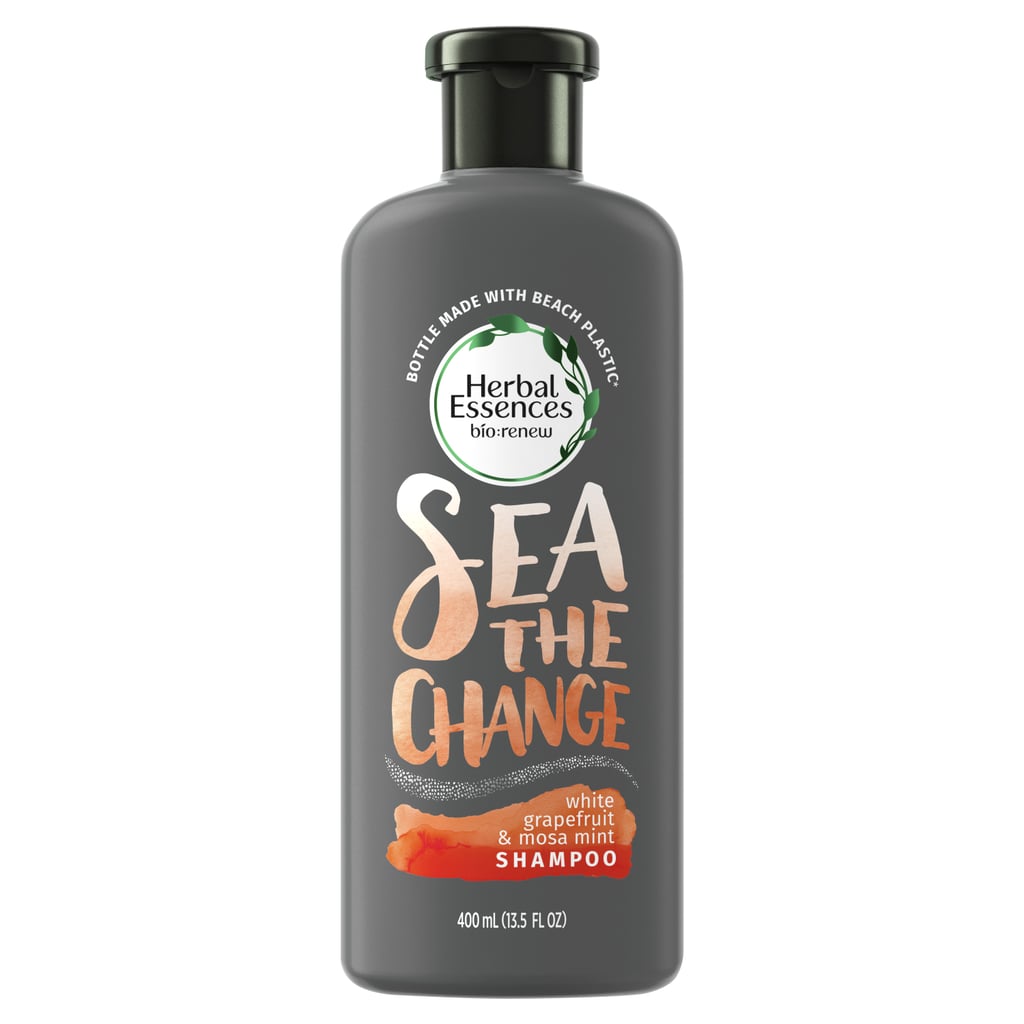


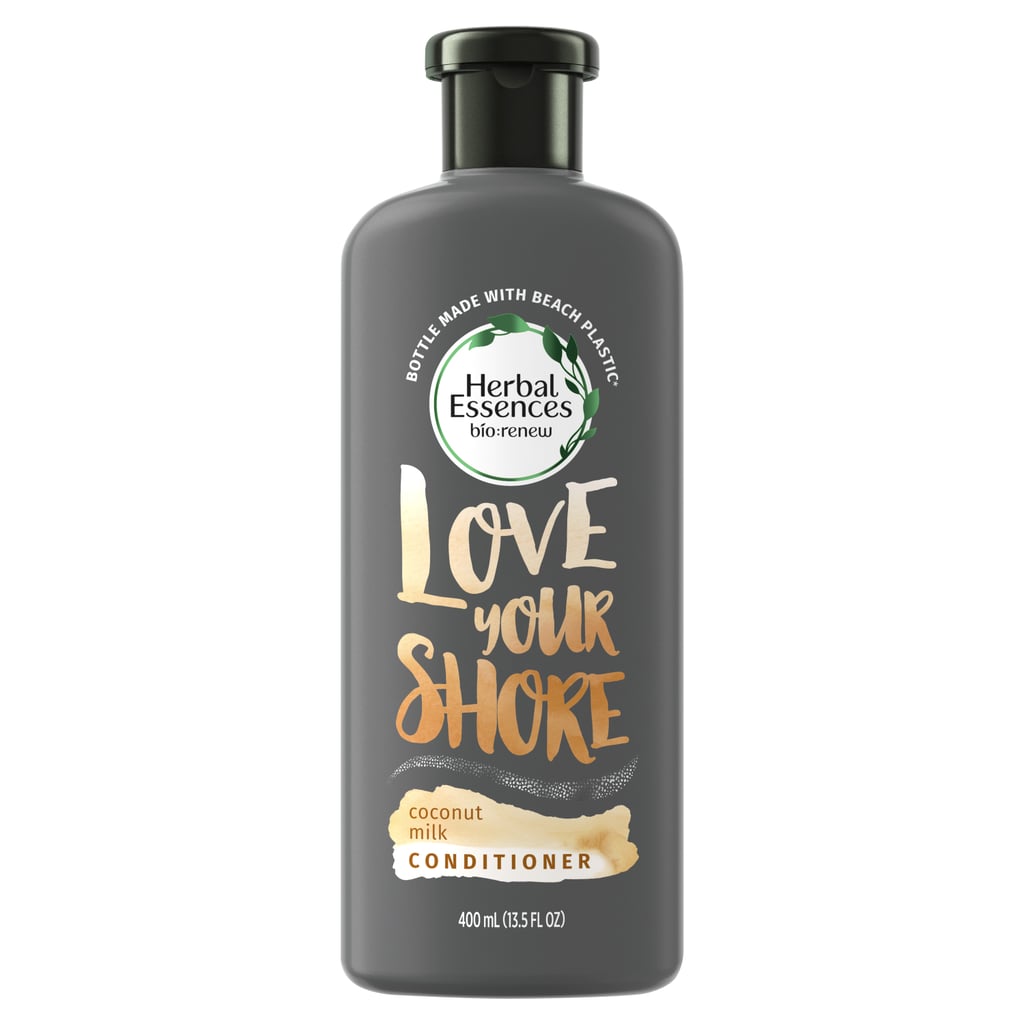
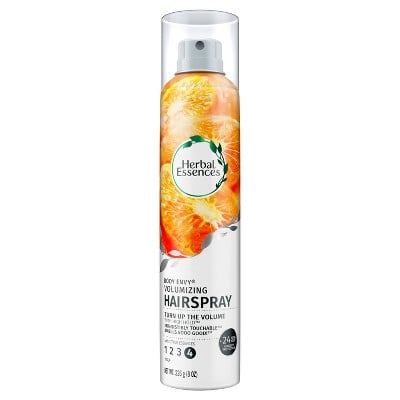

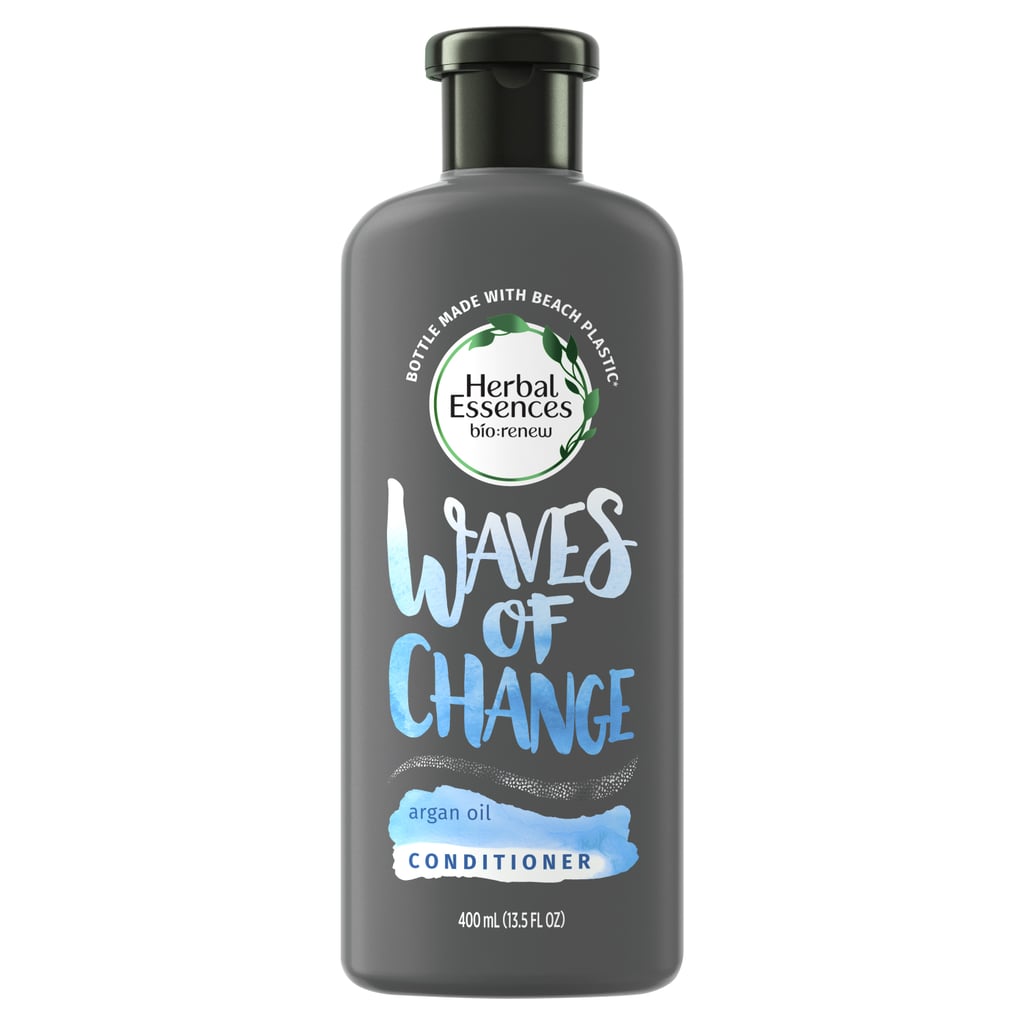
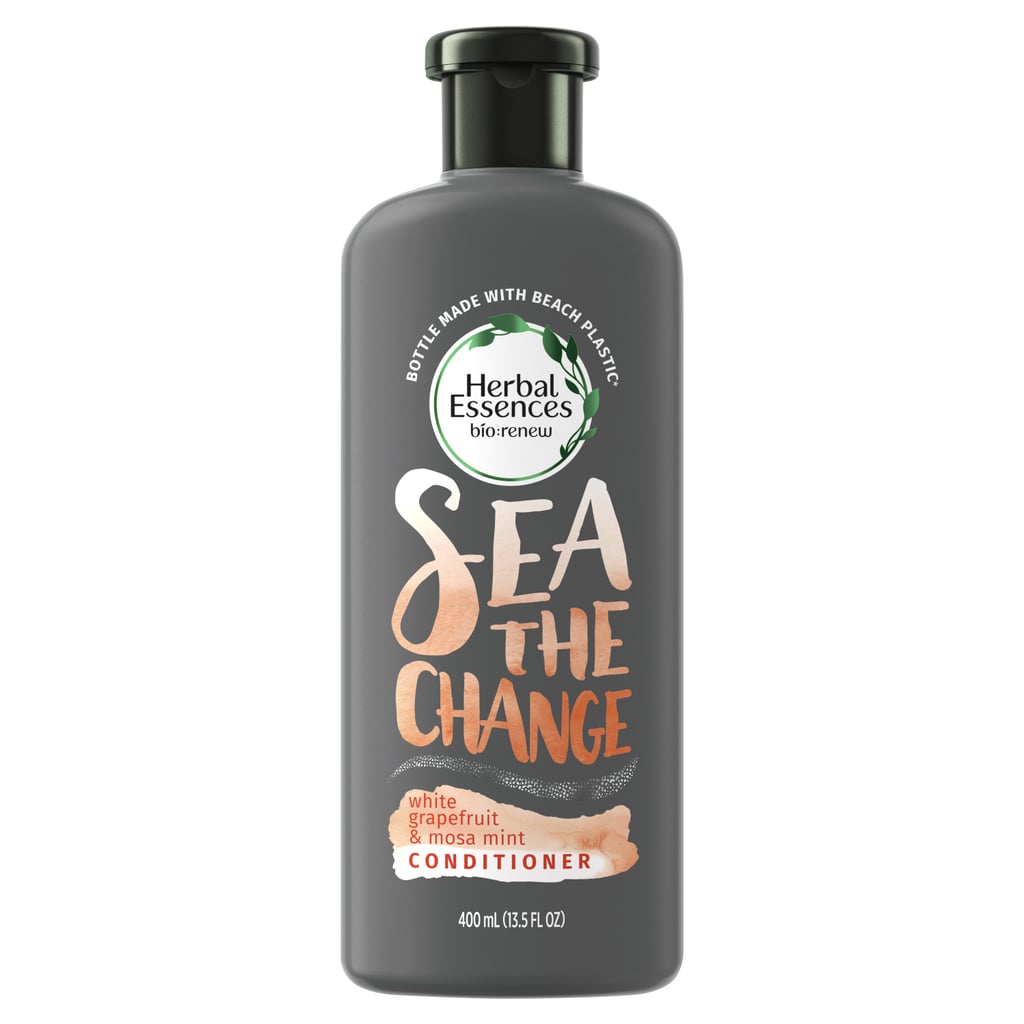
 Everyone has a carbon footprint. But you also have a carbon face print, plus a carbon hair print, skin print—even an underarm print. Everything we slather on to make ourselves prettier has the potential to make the world an uglier place with problematic ingredients and packaging.
It used to be that consumers who cared about the environment got very little help. You could buy your cosmetics from a small rack at the health food store and upcycle jars and bottles as knickknacks. You could also be the Debbie Downer who reminded everyone that rain forests and rabbits were suffering for our vanity.
But times—and beauty products—are changing. A survey by Unilever-—the maker of Dove, Vaseline, Love Beauty and Planet, and scores of other brands—found that 78% of U.S. consumers now feel better when they buy products that are sustainably produced. “Consumers are looking for ways to help make an impact,” says Esi Eggleston Bracey, EVP and COO of North American Beauty and Personal Care at Unilever. As part of a global green strategy to help their customers do just that, she adds, Unilever is working to “make sure 100% of our plastic packaging is re-usable, recyclable or compostable” by 2025. The company’s wide-ranging Sustainable Living Plan also includes a project to transform the industry that manufactures palm oil, an ingredient in shampoo and makeup, among many other products. The cultivation of oil palms has caused severe deforestation, threatening many species, including orangutans in Southeast Asia.
Meanwhile, in a program serving children all over the world who face severe health challenges from contaminated water, Procter & Gamble provided its 14 billionth liter of clean drinking water last year. L’Oréal launched the world’s first shower-proof paper bottle as part of its Seed Phytonutrients personal care line. What’s more, “today all our plants and distribution centers—19 facilities across 12 states—run on renewable energy,” notes Danielle Azoulay, head of corporate social responsibility and sustainability for L’Oréal USA. Several other large beauty companies (and small ones) have also gone over to the green side.
And that may be thanks to shoppers like you. “Consumers are starting to push the market, and companies pick up on that,” says Carla Burns, research analyst at the nonprofit Environmental Working Group (EWG). But as lovely as it is that many big corporations have stepped up, she adds, consumers need to remain vigilant. For cosmetics, “the FDA still does not regulate words like ‘natural’ or ‘non-toxic,’ ” she explains, and not every company is committed to helping customers make healthy choices. “Packaging can be misleading—lots of green and flowers and bamboo. Consumers need to do their homework about what’s in products and whether they want to put it on their bodies.”
So the next time you’re walking the aisles and filling your basket, here are a few things to consider.
Everyone has a carbon footprint. But you also have a carbon face print, plus a carbon hair print, skin print—even an underarm print. Everything we slather on to make ourselves prettier has the potential to make the world an uglier place with problematic ingredients and packaging.
It used to be that consumers who cared about the environment got very little help. You could buy your cosmetics from a small rack at the health food store and upcycle jars and bottles as knickknacks. You could also be the Debbie Downer who reminded everyone that rain forests and rabbits were suffering for our vanity.
But times—and beauty products—are changing. A survey by Unilever-—the maker of Dove, Vaseline, Love Beauty and Planet, and scores of other brands—found that 78% of U.S. consumers now feel better when they buy products that are sustainably produced. “Consumers are looking for ways to help make an impact,” says Esi Eggleston Bracey, EVP and COO of North American Beauty and Personal Care at Unilever. As part of a global green strategy to help their customers do just that, she adds, Unilever is working to “make sure 100% of our plastic packaging is re-usable, recyclable or compostable” by 2025. The company’s wide-ranging Sustainable Living Plan also includes a project to transform the industry that manufactures palm oil, an ingredient in shampoo and makeup, among many other products. The cultivation of oil palms has caused severe deforestation, threatening many species, including orangutans in Southeast Asia.
Meanwhile, in a program serving children all over the world who face severe health challenges from contaminated water, Procter & Gamble provided its 14 billionth liter of clean drinking water last year. L’Oréal launched the world’s first shower-proof paper bottle as part of its Seed Phytonutrients personal care line. What’s more, “today all our plants and distribution centers—19 facilities across 12 states—run on renewable energy,” notes Danielle Azoulay, head of corporate social responsibility and sustainability for L’Oréal USA. Several other large beauty companies (and small ones) have also gone over to the green side.
And that may be thanks to shoppers like you. “Consumers are starting to push the market, and companies pick up on that,” says Carla Burns, research analyst at the nonprofit Environmental Working Group (EWG). But as lovely as it is that many big corporations have stepped up, she adds, consumers need to remain vigilant. For cosmetics, “the FDA still does not regulate words like ‘natural’ or ‘non-toxic,’ ” she explains, and not every company is committed to helping customers make healthy choices. “Packaging can be misleading—lots of green and flowers and bamboo. Consumers need to do their homework about what’s in products and whether they want to put it on their bodies.”
So the next time you’re walking the aisles and filling your basket, here are a few things to consider.